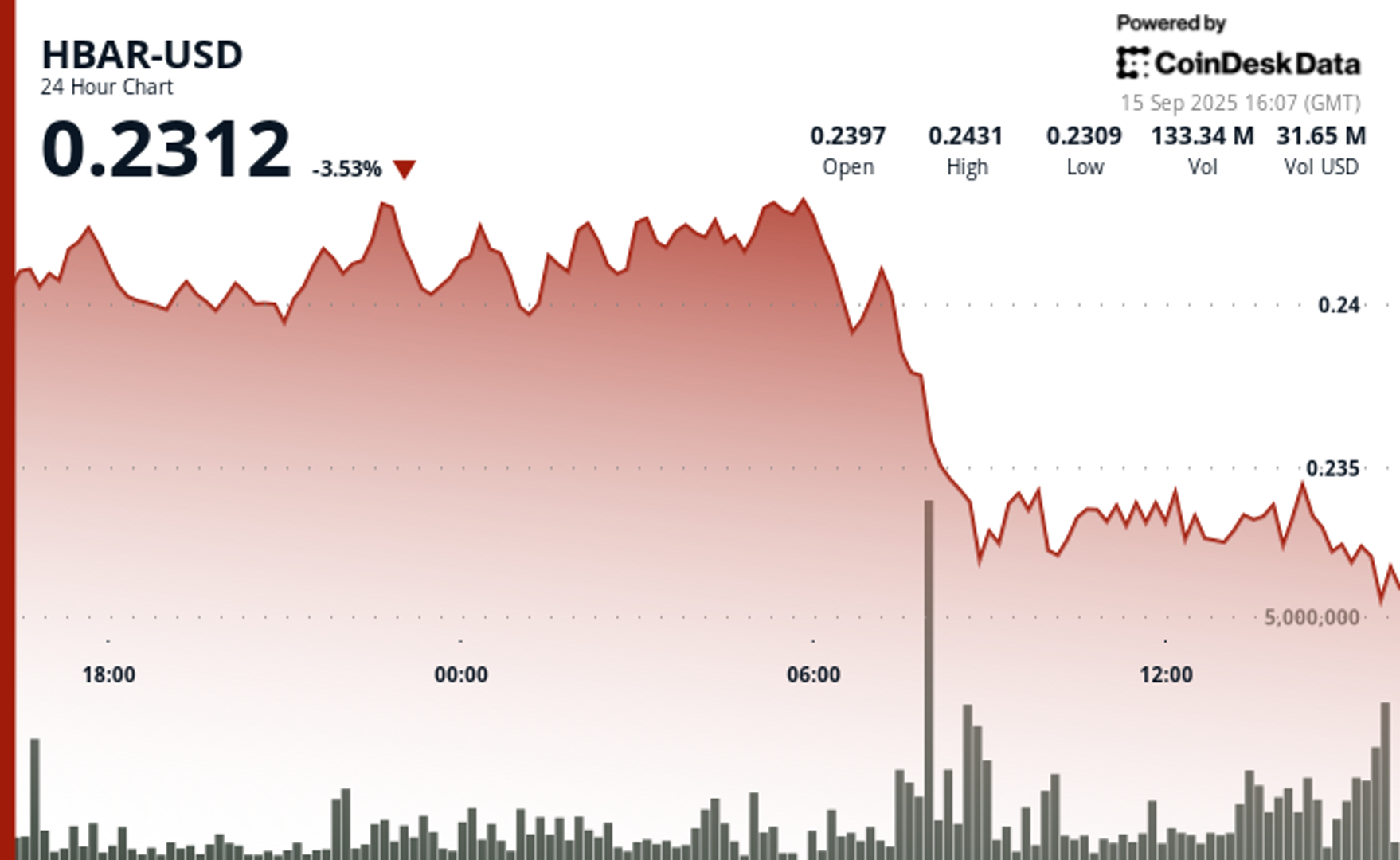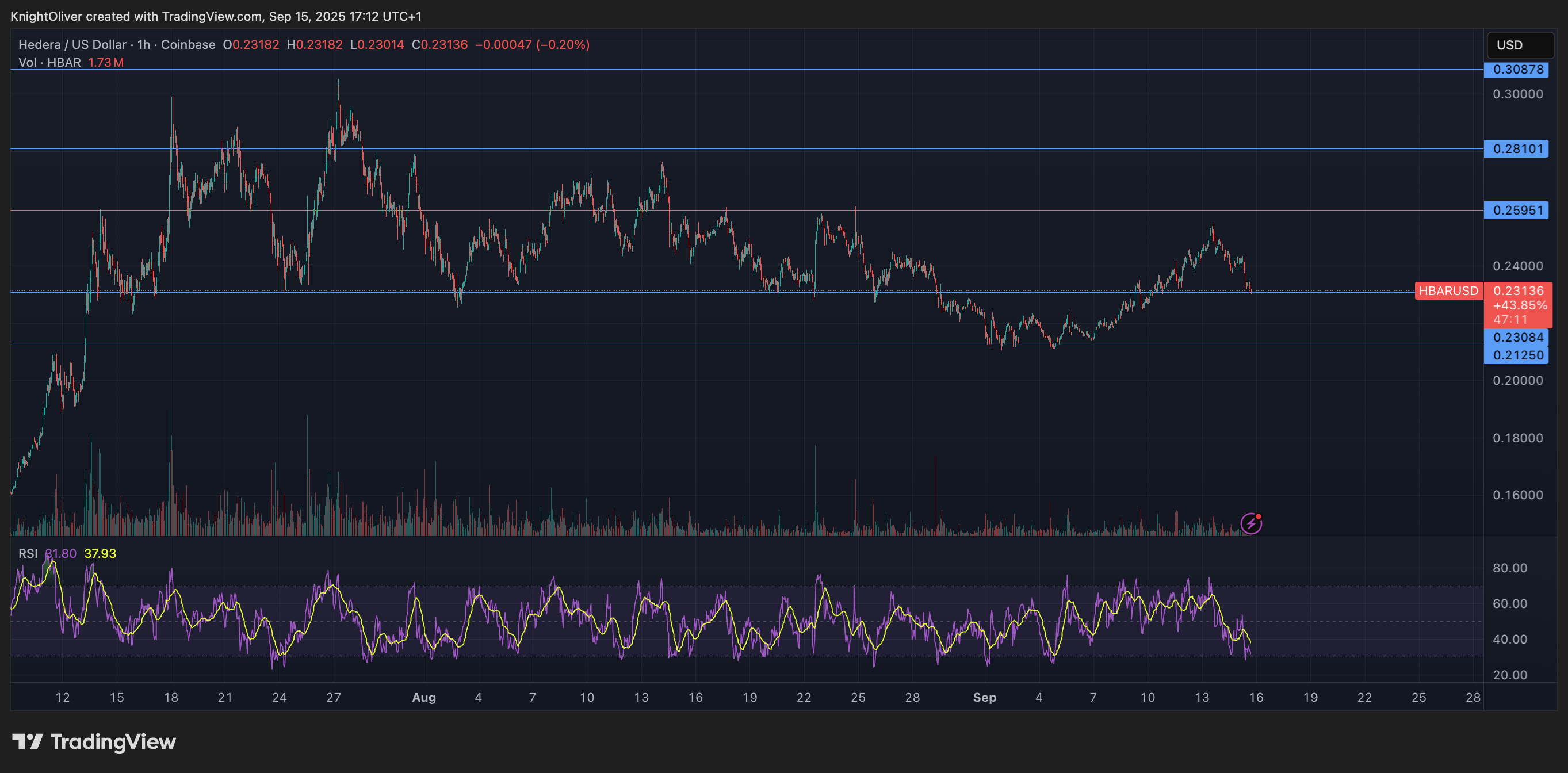Uncategorized
Gated Communities Are Actually Great for Crypto—Marc Vanlerberghe

For more than a decade, the crypto industry has championed decentralization, transparency, and self-sovereignty. These principles are noble—and in many ways, essential.
But, if we’re honest, they haven’t yet translated into broad, mainstream adoption. The dream of billions of people using blockchain every day is still largely that—a dream. To make it reality, we need to rethink how we build and deliver blockchain-powered experiences.
One of the biggest hurdles is usability. The current dominant interface to blockchain —non-custodial wallets—remains too complex for the average person. Managing private keys, writing down 24-word seed phrases, buying native tokens just to perform transactions, navigating multiple chains, bridging assets, KYC’ing repeatedly for each app, and figuring out how to convert crypto to fiat and back. This is not a user experience built for the mainstream.
We often ask ourselves why Web3 hasn’t “crossed the chasm.” The answer may be simple: most people don’t want to know they’re using a blockchain. And frankly, they shouldn’t have to.
This is where “gated communities” come in.
I use the term gated communities to mean, simply, “urban planning.” A nice setup that is easy to navigate, offers comfort, security, and curated experiences. And in the case of a neighborhood, yes, also behind a protective layer of some kind. In crypto, gated communities are platforms that abstract away blockchain complexity while retaining its benefits.
These environments give users seamless, Web2-style interfaces while the blockchain does the heavy lifting in the background. Custodial wallets, centralized interfaces, and trusted intermediaries are the gatekeepers—not to restrict access to only a special few, but to reduce friction for all.
Critics argue this betrays the ethos of decentralization (“not your keys, not your coins”). But this overlooks the broader opportunity: to onboard millions, even billions, of users through intuitive experiences that build real value and solve real problems for users. Not everyone will start their crypto journey managing a cold wallet. Many will begin inside a safe, guided, user-friendly “gated” experience—and that’s okay.
We can see this with dApps that successfully serve non-crypto natives.
In the U.S., Lofty.ai is quietly transforming real estate investing by using blockchain behind the scenes while delivering a simple, intuitive experience for traditional investors. Users can buy fractional ownership in income-generating properties for as little as $50, receive rental income automatically, and resell their shares at any time.
What’s notable is that Lofty doesn’t attract the typical crypto crowd—it appeals to mainstream real estate investors who want passive income without the legal paperwork, title transfers, or tax headaches typically involved in managing properties. Renters can gradually invest in the property they live in, reducing their monthly rent as their equity grows—eventually becoming full owners. Blockchain enables flexibility and trust; but the user experience is pure Web2 simplicity.
On the other side of the world, in Kabul, HesabPay enables women to buy food and supplies at local shops using simple plastic cards and SMS confirmations. These transactions settle instantly on-chain, providing transparency and traceability to NGOs and donors. But for the women using them, it’s just a card—not a crypto wallet. They never had a bank account and probably will never need one. That’s what success looks like: real-world utility without a steep learning curve.
In Italy, home renters can buy “tokenized” solar panels through Enel’s blockchain-enabled app—even if they live in apartments or can’t install anything physically on their roof. The app tracks the energy generated by those panels elsewhere and deducts it from the user’s electricity bill. The blockchain ensures automatic accounting and real-time settlement; the user experience is intuitive, app-based, and familiar.
In online chess, players can now earn rewards for participating in games, tournaments, or contributing to the community—without ever knowing that the loyalty points they’re collecting are blockchain tokens. Worldchess, the official organizer of the FIDE Grand Prix, has launched a blockchain-based rewards program that allows players to accumulate and redeem points simply by playing and engaging. The underlying infrastructure ensures transparency and portability, but for the users, it feels like any other modern loyalty program. The technology is invisible—the experience is seamless.
These examples demonstrate that blockchain is not a product. It’s an infrastructure layer.
And like all great infrastructure, its job is to disappear.
Over time, we believe these gated communities will serve as ramps—onboarding users gradually into more decentralized, self-sovereign experiences. But to get there, we need a new generation of tools that marry user control with ease of use.
Self-custody will evolve. Social recovery mechanisms (like those being developed by the DeRec Alliance) will make it possible to recover wallets without remembering seed phrases. Verifiable credentials will let users carry their identity securely across apps and services, enabling one-time KYC that persists across platforms. And complete fee abstraction will mean users never need to touch native gas tokens unless they want to. You’ll sign in and approve transactions with your fingerprint, and access any app without even realizing you’re interacting with a blockchain.
That’s the path forward: a world where the blockchain fades into the background, and delightful, safe, user-centric experiences come to the fore.
If we’re serious about mainstream adoption, we must stop building for crypto-native users alone. The future belongs to builders who can merge the best of Web2 design with the power of Web3 infrastructure—without making users choose between them. Gated communities are not the end-goal. But they are the best way to get millions of people in the door.
And once they’re in, we can invite them to explore everything else that the open world of blockchain has to offer.
Uncategorized
Wall Street Bank Citigroup Sees Ether Falling to $4,300 by Year-End

Wall Street giant Citigroup (C) has launched new ether (ETH) forecasts, calling for $4,300 by year-end, which would be a decline from the current $4,515.
That’s the base case though. The bank’s full assessment is wide enough to drive an army regiment through, with the bull case being $6,400 and the bear case $2,200.
The bank analysts said network activity remains the key driver of ether’s value, but much of the recent growth has been on layer-2s, where value “pass-through” to Ethereum’s base layer is unclear.
Citi assumes just 30% of layer-2 activity contributes to ether’s valuation, putting current prices above its activity-based model, likely due to strong inflows and excitement around tokenization and stablecoins.
A layer 1 network is the base layer, or the underlying infrastructure of a blockchain. Layer 2 refers to a set of off-chain systems or separate blockchains built on top of layer 1s.
Exchange-traded fund (ETF) flows, though smaller than bitcoin’s (BTC), have a bigger price impact per dollar, but Citi expects them to remain limited given ether’s smaller market cap and lower visibility with new investors.
Macro factors are seen adding only modest support. With equities already near the bank’s S&P 500 6,600 target, the analysts do not expect major upside from risk assets.
Read more: Ether Bigger Beneficiary of Digital Asset Treasuries Than Bitcoin or Solana: StanChart
Uncategorized
XLM Sees Heavy Volatility as Institutional Selling Weighs on Price

Stellar’s XLM token endured sharp swings over the past 24 hours, tumbling 3% as institutional selling pressure dominated order books. The asset declined from $0.39 to $0.38 between September 14 at 15:00 and September 15 at 14:00, with trading volumes peaking at 101.32 million—nearly triple its 24-hour average. The heaviest liquidation struck during the morning hours of September 15, when XLM collapsed from $0.395 to $0.376 within two hours, establishing $0.395 as firm resistance while tentative support formed near $0.375.
Despite the broader downtrend, intraday action highlighted moments of resilience. From 13:15 to 14:14 on September 15, XLM staged a brief recovery, jumping from $0.378 to a session high of $0.383 before closing the hour at $0.380. Trading volume surged above 10 million units during this window, with 3.45 million changing hands in a single minute as bulls attempted to push past resistance. While sellers capped momentum, the consolidation zone around $0.380–$0.381 now represents a potential support base.
Market dynamics suggest distribution patterns consistent with institutional profit-taking. The persistent supply overhead has reinforced resistance at $0.395, where repeated rally attempts have failed, while the emergence of support near $0.375 reflects opportunistic buying during liquidation waves. For traders, the $0.375–$0.395 band has become the key battleground that will define near-term direction.

Technical Indicators
- XLM retreated 3% from $0.39 to $0.38 during the previous 24-hours from 14 September 15:00 to 15 September 14:00.
- Trading volume peaked at 101.32 million during the 08:00 hour, nearly triple the 24-hour average of 24.47 million.
- Strong resistance established around $0.395 level during morning selloff.
- Key support emerged near $0.375 where buying interest materialized.
- Price range of $0.019 representing 5% volatility between peak and trough.
- Recovery attempts reached $0.383 by 13:00 before encountering selling pressure.
- Consolidation pattern formed around $0.380-$0.381 zone suggesting new support level.
Disclaimer: Parts of this article were generated with the assistance from AI tools and reviewed by our editorial team to ensure accuracy and adherence to our standards. For more information, see CoinDesk’s full AI Policy.
Uncategorized
HBAR Tumbles 5% as Institutional Investors Trigger Mass Selloff

Hedera Hashgraph’s HBAR token endured steep losses over a volatile 24-hour window between September 14 and 15, falling 5% from $0.24 to $0.23. The token’s trading range expanded by $0.01 — a move often linked to outsized institutional activity — as heavy corporate selling overwhelmed support levels. The sharpest move came between 07:00 and 08:00 UTC on September 15, when concentrated liquidation drove prices lower after days of resistance around $0.24.
Institutional trading volumes surged during the session, with more than 126 million tokens changing hands on the morning of September 15 — nearly three times the norm for corporate flows. Market participants attributed the spike to portfolio rebalancing by large stakeholders, with enterprise adoption jitters and mounting regulatory scrutiny providing the backdrop for the selloff.
Recovery efforts briefly emerged during the final hour of trading, when corporate buyers tested the $0.24 level before retreating. Between 13:32 and 13:35 UTC, one accumulation push saw 2.47 million tokens deployed in an effort to establish a price floor. Still, buying momentum ultimately faltered, with HBAR settling back into support at $0.23.
The turbulence underscores the token’s vulnerability to institutional distribution events. Analysts point to the failed breakout above $0.24 as confirmation of fresh resistance, with $0.23 now serving as the critical support zone. The surge in volume suggests major corporate participants are repositioning ahead of regulatory shifts, leaving HBAR’s near-term outlook dependent on whether enterprise buyers can mount sustained defenses above key support.

Technical Indicators Summary
- Corporate resistance levels crystallized at $0.24 where institutional selling pressure consistently overwhelmed enterprise buying interest across multiple trading sessions.
- Institutional support structures emerged around $0.23 levels where corporate buying programs have systematically absorbed selling pressure from retail and smaller institutional participants.
- The unprecedented trading volume surge to 126.38 million tokens during the 08:00 morning session reflects enterprise-scale distribution strategies that overwhelmed corporate demand across major trading platforms.
- Subsequent institutional momentum proved unsustainable as systematic selling pressure resumed between 13:37-13:44, driving corporate participants back toward $0.23 support zones with sustained volumes exceeding 1 million tokens, indicating ongoing institutional distribution.
- Final trading periods exhibited diminishing corporate activity with zero recorded volume between 13:13-14:14, suggesting institutional participants adopted defensive positioning strategies as HBAR consolidated at $0.23 amid enterprise uncertainty.
Disclaimer: Parts of this article were generated with the assistance from AI tools and reviewed by our editorial team to ensure accuracy and adherence to our standards. For more information, see CoinDesk’s full AI Policy.
-

 Business11 месяцев ago
Business11 месяцев ago3 Ways to make your business presentation more relatable
-

 Fashion11 месяцев ago
Fashion11 месяцев agoAccording to Dior Couture, this taboo fashion accessory is back
-

 Entertainment11 месяцев ago
Entertainment11 месяцев ago10 Artists who retired from music and made a comeback
-

 Entertainment11 месяцев ago
Entertainment11 месяцев ago\’Better Call Saul\’ has been renewed for a fourth season
-

 Entertainment11 месяцев ago
Entertainment11 месяцев agoNew Season 8 Walking Dead trailer flashes forward in time
-

 Business11 месяцев ago
Business11 месяцев ago15 Habits that could be hurting your business relationships
-

 Entertainment11 месяцев ago
Entertainment11 месяцев agoMeet Superman\’s grandfather in new trailer for Krypton
-

 Entertainment11 месяцев ago
Entertainment11 месяцев agoDisney\’s live-action Aladdin finally finds its stars





